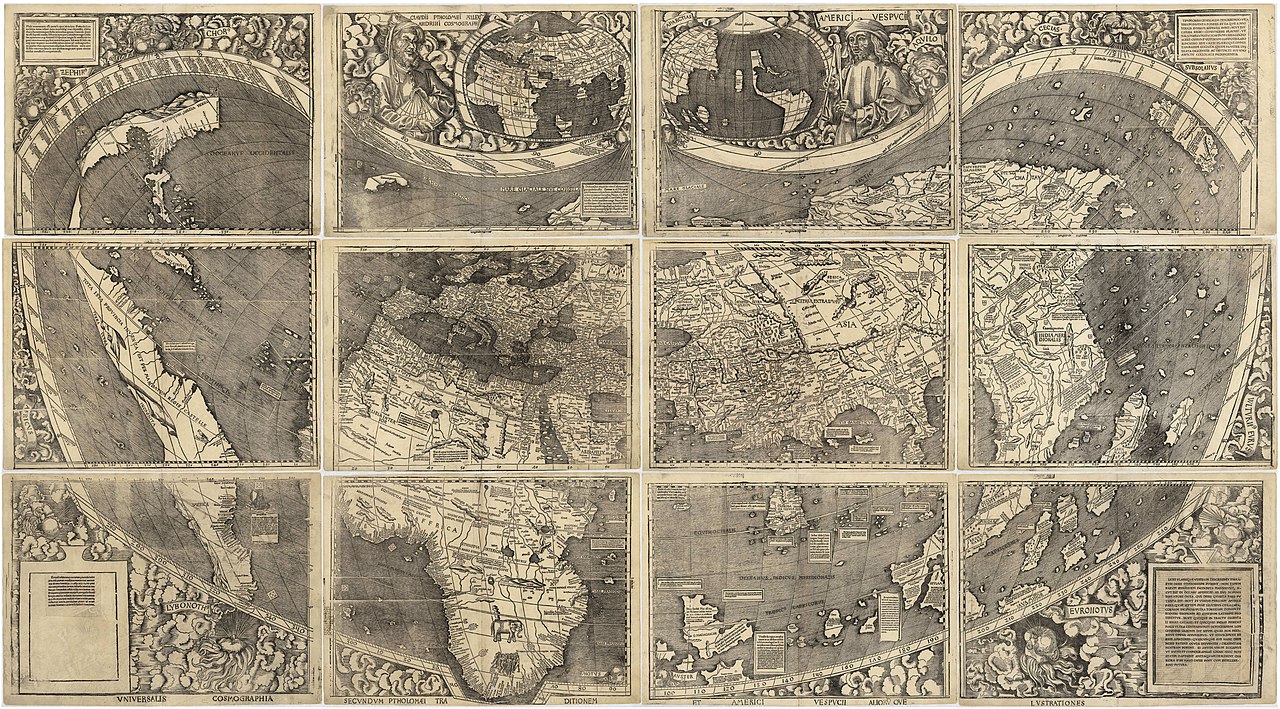I presented this 10-minute talk at the senior thesis presentations for the Joukowsky Institute for Archaeology and the Ancient World on 19 May 2020. A video recording is available here; my presentation begins at 30:00. The full thesis is available through the Brown Digital Repository. A 26-page revised and condensed version is available here.

I begin my thesis with this map. This object was created by //Kabbo, a prisoner in Cape Town who spoke /Xam, an indigenous language of South Africa, in collaboration with two philologists: Wilhelm Bleek and his sister-in-law Lucy Lloyd. Between 1865 and 1875, they spoke with many prisoners in Cape Town who spoke San languages, to record stories and otherwise document their culture. Bleek and Lloyd, and many of the people who have accessed their collection since, saw their work as saving the relics of a people soon to be washed away by time. Thus, a nineteenth-century historian wrote that it was “a mere matter of time in an unequal struggle between the primitive bow and arrow, with which they fought, and the deadly gun in the hands of their invaders.” Indeed, the history of the San is marked by genocide and assimilation. Dutch settlers saw them as vermin; shooting four of them, an English traveler wrote in 1797, was discussed with “as much composure and indifference as if he had been speaking of four partridges.” In the nineteenth century, the San assimilated into the Coloured people of the Cape, a laboring underclass with mixed slave and indigenous origins. Since the end of apartheid, San people have re-asserted their indigeneity.
Starting from these objects and this history of representation, we come face-to-face with questions of objectivity and humanism. It is these questions that I elaborate on in my thesis in ways that I will show the contours of in my presentation today, before returning to another object of the Bleek-Lloyd collection. The question driving my project is: how can we assert both common rights and uncommon differences?
Continue reading “How Do We Make A World? Hannah Arendt, the Khoi-San, and the Problems of Alterity and Humanism”